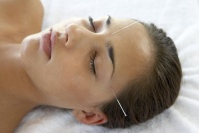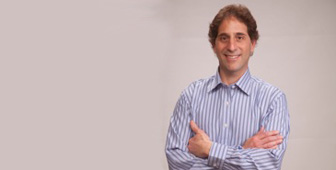 Patients suffering TMJ (temporomandibular joint disorder) can find relief from acupuncture. Research conducted at the Ribeirão Preto Dental School, São Paulo University in Brazil, found that after 3 months of acupuncture, patients with TMJ experienced significantly less pain, increased strength of their bite and decreased EMG activity of the masticatory muscles.
Patients suffering TMJ (temporomandibular joint disorder) can find relief from acupuncture. Research conducted at the Ribeirão Preto Dental School, São Paulo University in Brazil, found that after 3 months of acupuncture, patients with TMJ experienced significantly less pain, increased strength of their bite and decreased EMG activity of the masticatory muscles.
Temporomandibular joint and muscle disorders (TMJ disorders) are problems or symptoms of the chewing muscles and joints that connect your lower jaw to your skull. 17 patients were studied using acupuncture points for TMJ. EMG measures were acquired before and after the treatment. The data collected at rest, protrusion, left and right laterality, and clenching were normalized by maximum voluntary contraction. Maximal bite force in right and left molar regions were also measured.
The researchers found decreased EMG activity at rest, protrusion, left and right laterality, and clenching; as well as increased values of maximal bite force after acupuncture treatment.
The Journal of Alternative and Complementary Medicine, 15 Issue 12: December 15, 2009
 More than 45 million Americans (one in six) suffer from chronic headaches, 20 million of whom are women. Scientific research shows that acupuncture can be more effective than medication in reducing the severity and frequency of chronic headaches.
More than 45 million Americans (one in six) suffer from chronic headaches, 20 million of whom are women. Scientific research shows that acupuncture can be more effective than medication in reducing the severity and frequency of chronic headaches.

